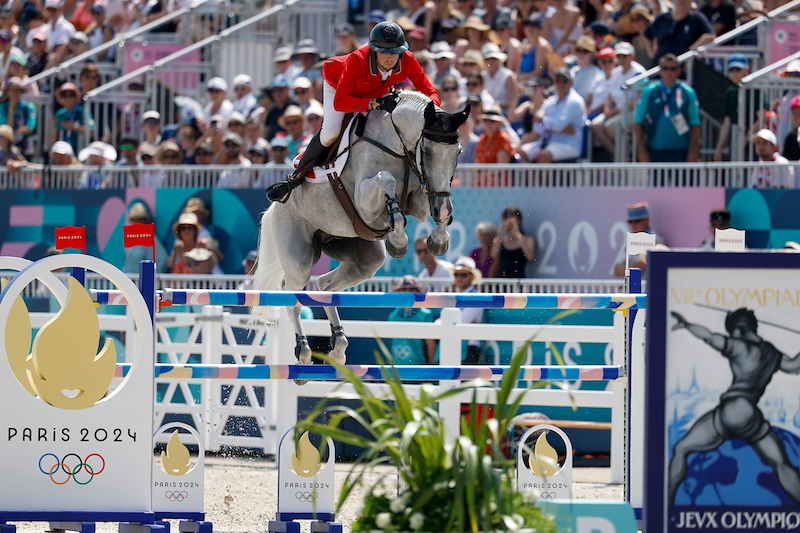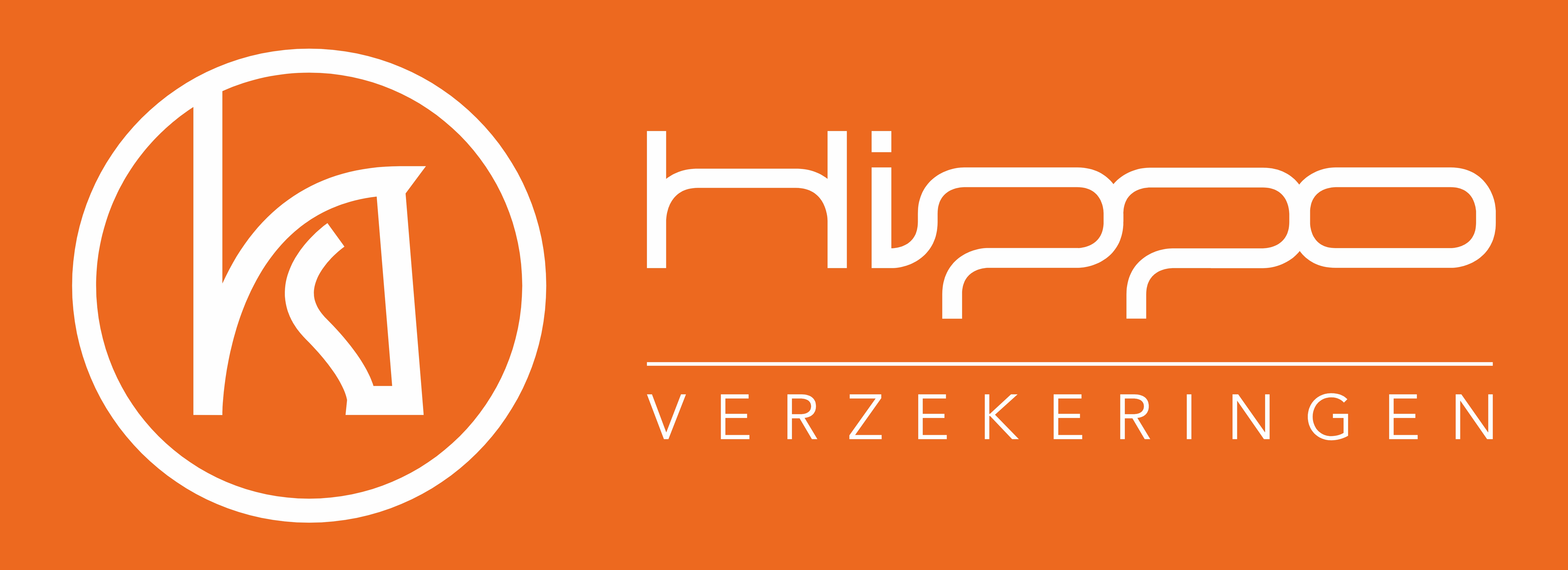International sports analysis offers hope for 'small' breeders
The saying "a good showjumper comes from a good showjumper" is proven week in and week out by countless international horses from proven maternal lines. However, an analysis of international sport results and the KWPN database reveals that the majority of horses still come from mares that did not perform at a high level themselves. This underscores the relevance of the small but critical breeder.
In the middle of last year, a post by American equestrian enthusiast Reece Miller appeared on social media, where he took the three 5* Grand Prix in Ocala, Wellington, and Miami as a basis for a small study. In the top 10 of these Grand Prix, one horse came from an international 1.50m mother, three horses were bred from mothers who had competed at 1.45m level, one from a 1.40m mother, and the remaining 25 were simply bred from mares without notable sport performances.
KWPN Database
Of course, this is not a comprehensive study that holds up scientifically, but it does provide an interesting basis for this article. Auctions and stallion selections rightfully focus on and value the performances of the mares themselves, but in practice, it turns out that it is not a requirement to breed good showjumpers. This offers hope for the critical breeder who also wants to breed the top sport horses of the future in these challenging times. At the time of this analysis, the KWPN database contained 15,467 showjumpers with performances at a minimum of 1.40m level. Of these, 2,290 come from mares with the sport predicate, meaning they themselves have performed at least at 1.30m level. This corresponds to a percentage of 14.8%. Interestingly, this percentage hardly differs from the percentage of showjumpers at the highest level. Of the 1,606 showjumpers in the KWPN database registered at 1.60m level, 240 come from a mother with the sport predicate, which is a percentage of 14.9%.
Tested mares
Of the mothers of these 2,290 international showjumpers, 82 have also earned the EPTM predicate in addition to the sport predicate, and 191 mothers have passed the IBOP in addition to the sport predicate. Of the 2,290 showjumpers at a minimum of 1.40m level, 241 come from mothers who have only passed the EPTM, and 410 from mothers who have only achieved a good result in the IBOP. This leads to 651 (4.2%) showjumpers at 1.40m level or higher whose mothers have passed a breeding test. Of those 651 showjumpers, 273 (1.8%) have a mother who has passed both the breeding test and earned the sport predicate. Thus, the KWPN database tells us that of the 15,467 showjumpers at a minimum of 1.40m level, 2,941 come from mothers with achievements in a breeding test and/or sport at a minimum of 1.30m level. This results in 19%, meaning 81% of the horses are bred from mares without notable performances.
Importance of breeding tests
Although the percentage of sport horses at a minimum of 1.40m level bred from mares that have passed a breeding test (4.2%) is not particularly high, it is an oversimplification to conclude that a breeding test has little value for breeding. On the contrary, it gives a breeder early insight into the strengths and weaknesses of their mare, tested among many peers and under similar conditions. An article from KWPN Magazine 6 in 2023 showed that mares with the EPTM predicate are more likely to be bred directly than mares who passed the IBOP. The article also notes that 66% of mares that did not pass the IBOP were still shown in sport, and the percentage of mares that then achieved the sport predicate is clearly lower than mares that did pass the IBOP—over 25% versus nearly 38%. From 1.40m, this difference grows even larger, with 6% (non-passing IBOP mares) versus 15% (passing IBOP mares). Therefore, it can be concluded that mares that pass the breeding test perform significantly better in sport than those that don’t, and this supports the assumption that a breeding test is a good indicator. Of the non-passing mares, 3.6% reach the 1.40m level, compared to 8.1% of passing mares. The same applies to their offspring: passing mares more often produce offspring that perform in sport than mares that do not pass the IBOP or EPTM. This proves the value of testing mares under saddle.
Judging predicates
It is also interesting to look at how many sport horses at the top level were bred from mares with the ster, keur, or elite predicate. These mares have been evaluated based on their conformation and free jumping, which has repeatedly proven to be a good indicator of their natural ability as a showjumper. Of the 15,467 showjumpers from 1.40m level registered in the KWPN database, 6,999 were bred from mares with such a predicate. This corresponds to 45.3%. Of the 15,467 showjumpers from 1.40m level, 4,003 come from mothers registered in the studbook but without a predicate (25.9%), and 1,839 were bred from foal book mares (11.9%), most of whom were not offered for studbook registration. It can be concluded that by far the largest portion of showjumpers at 1.40m level or higher are bred from mares with a predicate.
KWPN-registered
There are of course caveats regarding the inheritance of sport. The KWPN database is not complete when it comes to sport performances from the (distant) past, due in part to digitalization, and this study focuses only on KWPN-registered horses. However, the trend is clear and aligns well with Reece Miller’s earlier sample. It is interesting to extrapolate this trend to some prominent competitions in Europe. As with Reece Miller’s small study, the available information on the sport achievements of the mothers was sourced from online databases such as KWPN, HorseTelex, and HippoMundo. In recent years, this data has become increasingly accurate, and it appears that on average, 70% of horses come from mares without notable sport achievements.
Olympic games
In 2024, the Olympic Games were a sporting highlight. Thirty horses qualified for the individual final. In the top 10, one horse came from a mother at 1.30m level (Baloutinue of Laura Kraut, 8th place) and one horse from a mother at 1.45m level (Dallas Vegas Batilly of Ben Maher, 9th place). The KWPN horse Leone Jei (by Baltic VDL), who finished 10th, came from a mother who passed the IBOP at three years old. Of the remaining 20 individual finalists at the Olympics, two came from a mother with performances at 1.60m level (Zineday of Philipp Weishaupt, 12th place and Imagine of Kim Emmen, 23rd place), and three from a mother at 1.30m level. Thus, of the 30 finalists, 23 were bred from mares without sport performances. An interesting detail is that the 17th place finisher, Dexter R-son I Amelusina R51, was bred from a mare who demonstrated her natural ability with 82 points in the EPTM.
Prominent 5*-Grand Prix
In the Grand Prix of CSI5* Jumping Amsterdam in early 2024, two horses came from mothers at a minimum of 1.30m level. Among them, the fourth-place finisher Luna van het Dennehof of Gilles Thomas, whose mother competed at the highest level. Marc Houtzager finished sixth in this main event with Sterrehof’s Dante, whose mother passed the IBOP as a four-year-old. 80% of the horses in this top 10 were bred from mares without notable sport performances. At the World Cup event of CSI5*-W Gothenburg, the percentage of mothers without sport performances was slightly lower. Four of the ten horses at the top of the rankings were bred from mothers who had jumped at least at 1.30m level. Among them, the winner Hallilea of Lars Kersten, whose mother competed at 1.35m level, and the sixth-place finisher Imagine of Kim Emmen.
Indoor season
In a competition on the other side of the world, the Longines Global Champions Tour Grand Prix of Doha, the percentage was 70% for offspring from mares without sport performances. Two of the top ten horses in this test came from a 1.60m mother, including the winner Bonne Amie under Abdel Saïd. The indoor season continued with the Rolex Grand Prix of ‘s-Hertogenbosch, where three of the ten top horses were bred from mothers at a minimum of 1.30m level (70% from non-sport mares). The indoor season was concluded with the World Cup final in Riyadh, where four of the ten horses (60% from non-sport mares) were bred from mothers with sport performances. One of them, Pieter Devos' Casual DV Z (8th place), came from a mother who jumped at the highest level.
Narrowing
The same pattern can be seen in the 2024 5* Grand Prix of Hamburg (70%), Madrid (80%), Rolex Grand Prix in Rome (70%), Sankt-Gallen (70%), Rolex Grand Prix of Spruce Meadows (70%), and Rotterdam (70%). And while international sport mares have been heavily used for breeding, particularly in Belgium, breeders have made great strides. Recently, HippoMundo listed mares based on the earnings of their offspring. Among the top ten mares on this list, three had performed in the sport. Once again, 70% came from non-sport mares. The fourth-placed Derly Chin de Muze (by For Pleasure) and the tenth-placed Askaria 3 (by Askari) performed at 1.60m level, while the eighth-placed Inathina van ’t Ruytershof (by For Pleasure) performed at 1.40m level. The highest KWPN mare is second, the Corland daughter Dara, who earned nearly 1.4 million euros in prize money thanks solely to her offspring Leone Jei (Martin Fuchs).
The numbers game
On the same website, HippoMundo, a list of mares with the most offspring was also published. The first nine mares on this list have between 50 and 70 registered offspring, making it unfair to compare their breeding power to mares with only five to ten offspring. Nine of the ten mares at the top of this list are from the Belgian breeding program, with the tenth-placed Fragance de Chalus being French. Two mares come from the lineage of Emerald van ’t Ruytershof, and three from the lineage of Usha van ’t Roosakker, and this narrowing of breeding poses a risk. Commission chairperson Wout-Jan van der Schans argues in the article about the stallion selection committee chairs elsewhere in this magazine that breeding should remain broad. This offers opportunities for the small breeder who may not have mares from the most prominent lines.
Relative figures
Looking at the ten highest-earning showjumpers according to the HorseTelex ranking, two were bred from mothers who competed in the sport, both at the highest level: the mothers of the fourth-placed Killer Queen VDM and the tenth-placed DSP Chakaria. Thus, 80% of the top earners come from mares that were not shown in the sport. Of course, there are many examples of mares who have performed at the highest level and repeatedly produce good showjumpers. However, it is true that these top sport mares, especially in recent years, have often been used intensively for breeding (whether through embryo transfer or ICSI) and therefore have a higher chance of producing successful offspring compared to mares that have had fewer opportunities in breeding. A current example of a mare that has proven to pass on her own qualities is the Carinjo daughter A.Vaantje R, from whom the son Spindocter ES (by Luidam) was selected for the second inspection this year. She is currently one of the only breeding mares in the Netherlands for the Swedish Breeding Association (Svenska Världssoeld). The fact that her offspring can be used for breeding (by embryo) is an absolute asset, according to the Dutch breeder of horses born. Therefore, as we can see, sport and breeding practices do not need to overlap to achieve successful breeding practices.
Text: Jenneke Smit
Image: Dirk Caremans





















 KWPN Database
KWPN Database KWPN.tv
KWPN.tv KWPN Horses for Sale
KWPN Horses for Sale